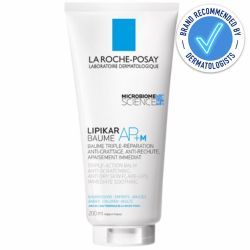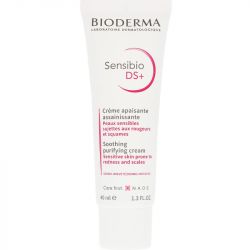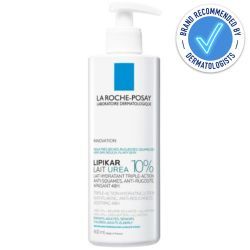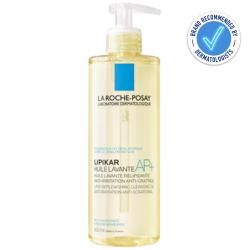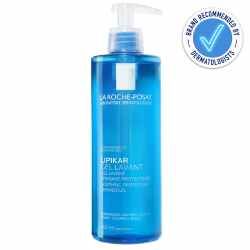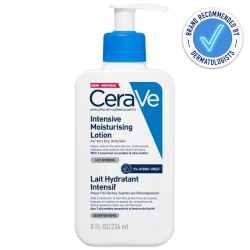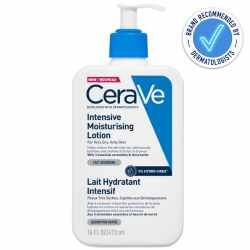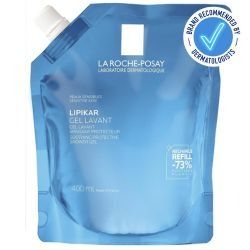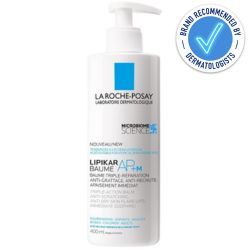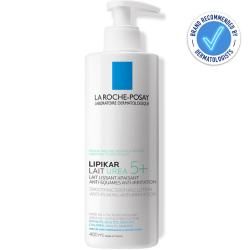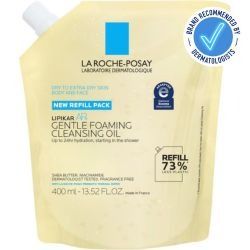Seborrheic Dermatitis | Dermatological Skincare
Seborrheic dermatitis, a form of eczema, is a chronic skin condition that causes redness, flaking, and irritation, often appearing on areas with high oil production like the scalp, face, and chest. Symptoms include itchiness, greasy scaling, and sensitive skin, which can worsen in cold weather or due to stress.
Dermatological skincare for seborrheic dermatitis focuses on managing symptoms such as flaking, redness, and irritation. These products are designed to soothe the skin, reduce discomfort, and help maintain balance by addressing the underlying causes of the condition. Gentle and non-irritating formulas are essential to prevent aggravating sensitive areas, while targeted treatments help manage flare-ups and improve overall skin health.
Find Seborrheic Dermatitis Shampoo's & Scalp Treamtents Here
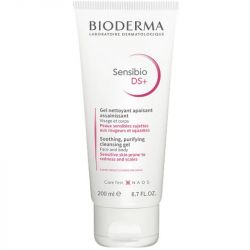 BioDerma Sensibio DS+ Soothing Purifying Cleansing Gel 200mlSpecial Price £14.40 Regular Price £18.00
BioDerma Sensibio DS+ Soothing Purifying Cleansing Gel 200mlSpecial Price £14.40 Regular Price £18.00- La Roche-Posay Lipikar Lait Urea 5+ Lotion 400mlSpecial Price £20.63 Regular Price £27.50Out of stock
- La Roche-Posay Lipikar Cleansing Oil AP+ Refill 400mlSpecial Price £12.00 Regular Price £16.00Out of stock
Dermatological FAQ's: Seborrheic Dermatitis on the Face & Body
What causes Seborrheic Dermatitis on the skin?
Seborrheic Dermatitis is thought to be caused by a combination of factors, including:
- Overgrowth of Malassezia yeast: This yeast thrives in oily areas of the skin, triggering irritation and inflammation.
- Abnormal immune response: The immune system overreacts to the yeast, worsening symptoms.
- Environmental factors: Stress, hormonal fluctuations, and changes in weather can exacerbate flare-ups.
- Genetic predisposition: A family history of similar conditions can increase susceptibility.
Seborrheic Dermatitis on areas like the face, chest, or folds of the skin can be managed with:
- Gentle antifungal cleansers: These help control the overgrowth of Malassezia yeast without irritating the skin.
- Topical antifungal creams: Formulations with ingredients like ketoconazole or clotrimazole can reduce redness, scaling, and inflammation.
- Moisturisers: Use non-comedogenic, fragrance-free moisturisers to maintain the skin’s barrier and reduce dryness.
- Anti-inflammatory creams: Low-strength hydrocortisone or dermatologist-recommended alternatives can help control flare-ups.
How long does it take to see improvements in skin symptoms?
Treatment for Seborrheic Dermatitis on the skin typically shows improvements within 2–4 weeks with consistent use of appropriate antifungal and soothing products. Maintenance treatments may be required to keep symptoms under control and prevent flare-ups.
Is Seborrheic Dermatitis the same as cradle cap?
Seborrheic Dermatitis is similar to cradle cap, which affects infants and causes scaly patches on the scalp. However, cradle cap usually resolves as the baby grows, while Seborrheic Dermatitis in adults is a chronic condition requiring long-term management.
Does Seborrheic Dermatitis require different care for the scalp and skin?
Yes, Seborrheic Dermatitis on the scalp and other areas of the skin often requires tailored care. While medicated shampoos are ideal for the scalp, skincare solutions like antifungal creams and gentle cleansers are more effective for managing symptoms on the face and body. Explore hair and scalp-specific solutions here.

